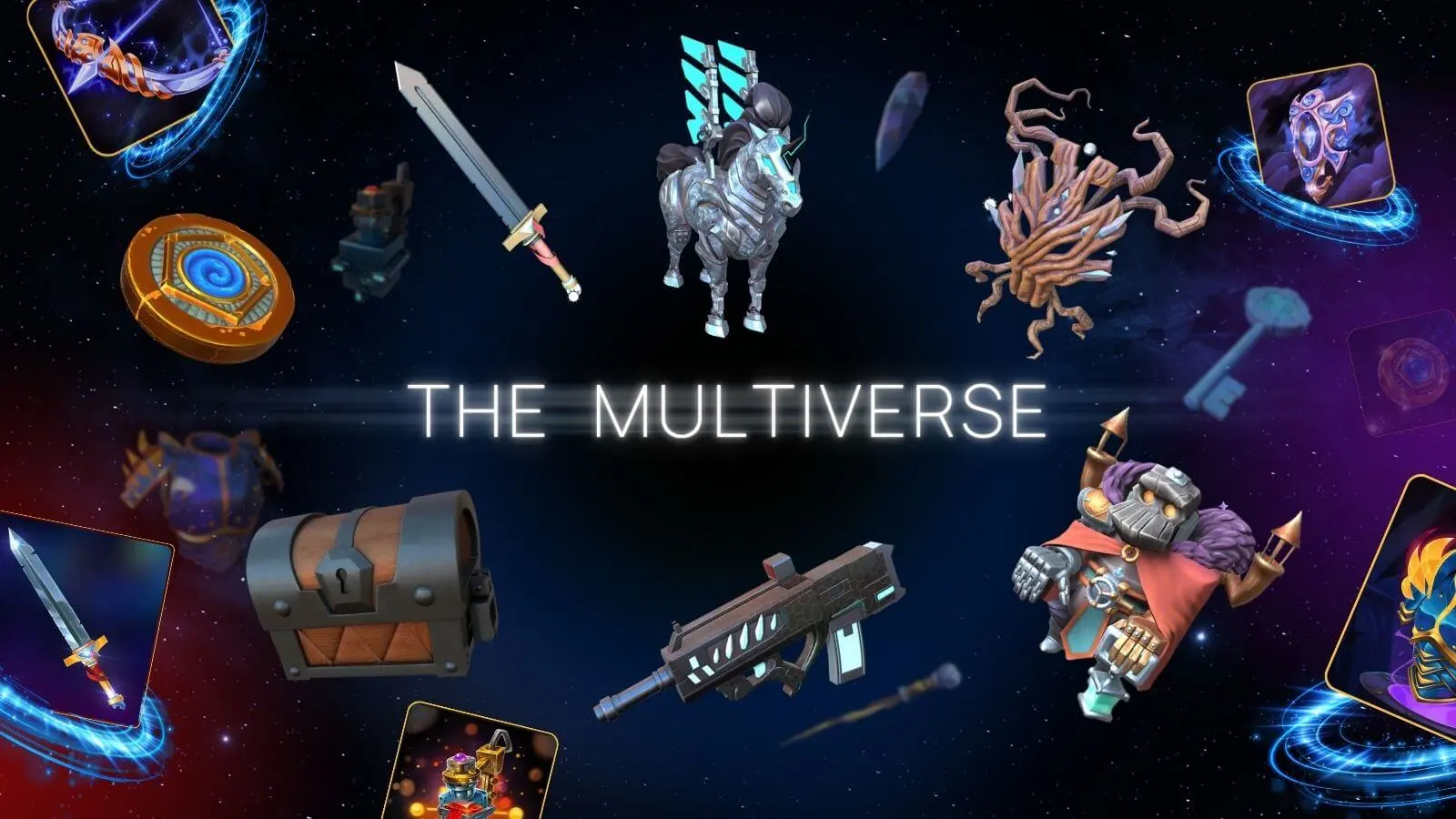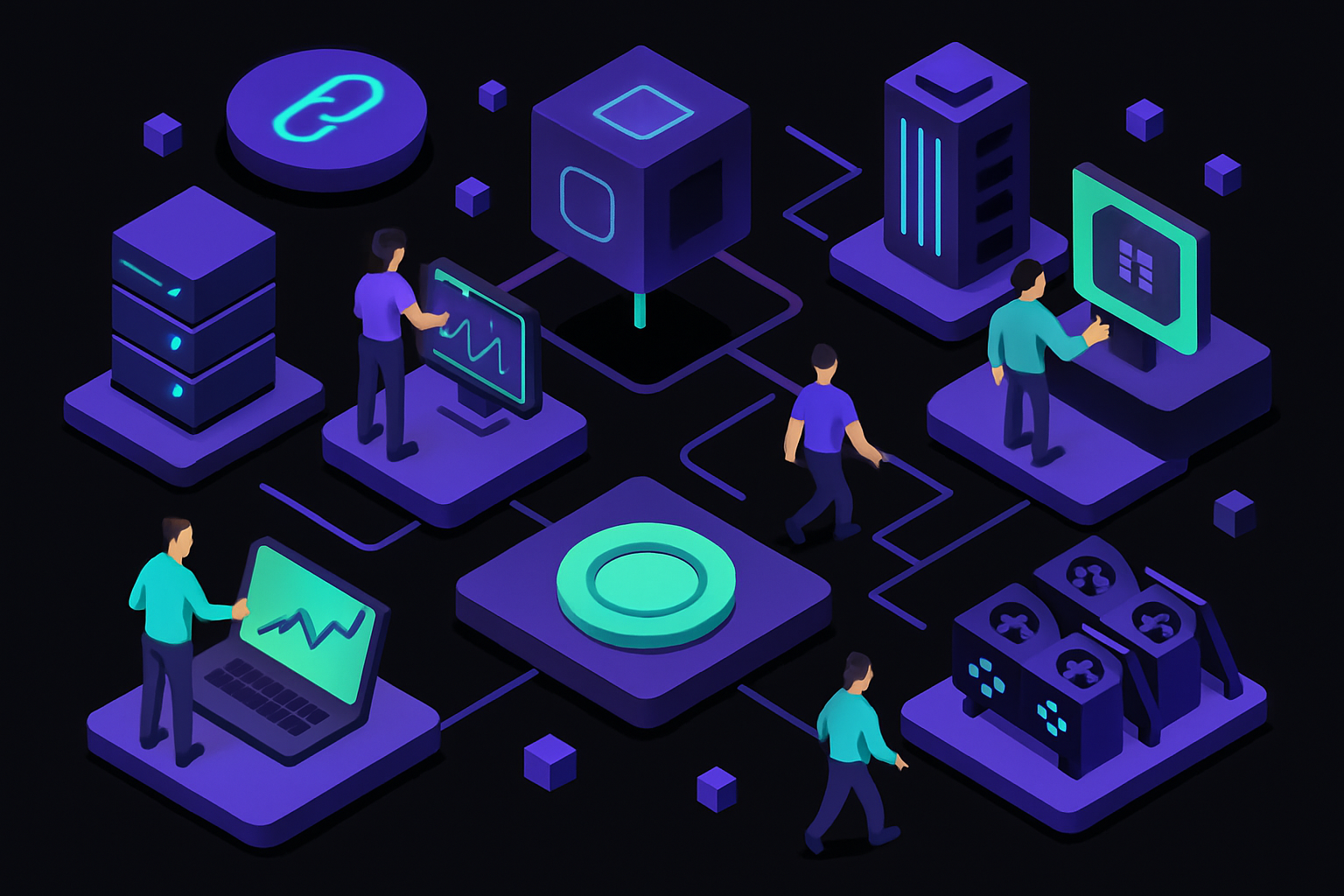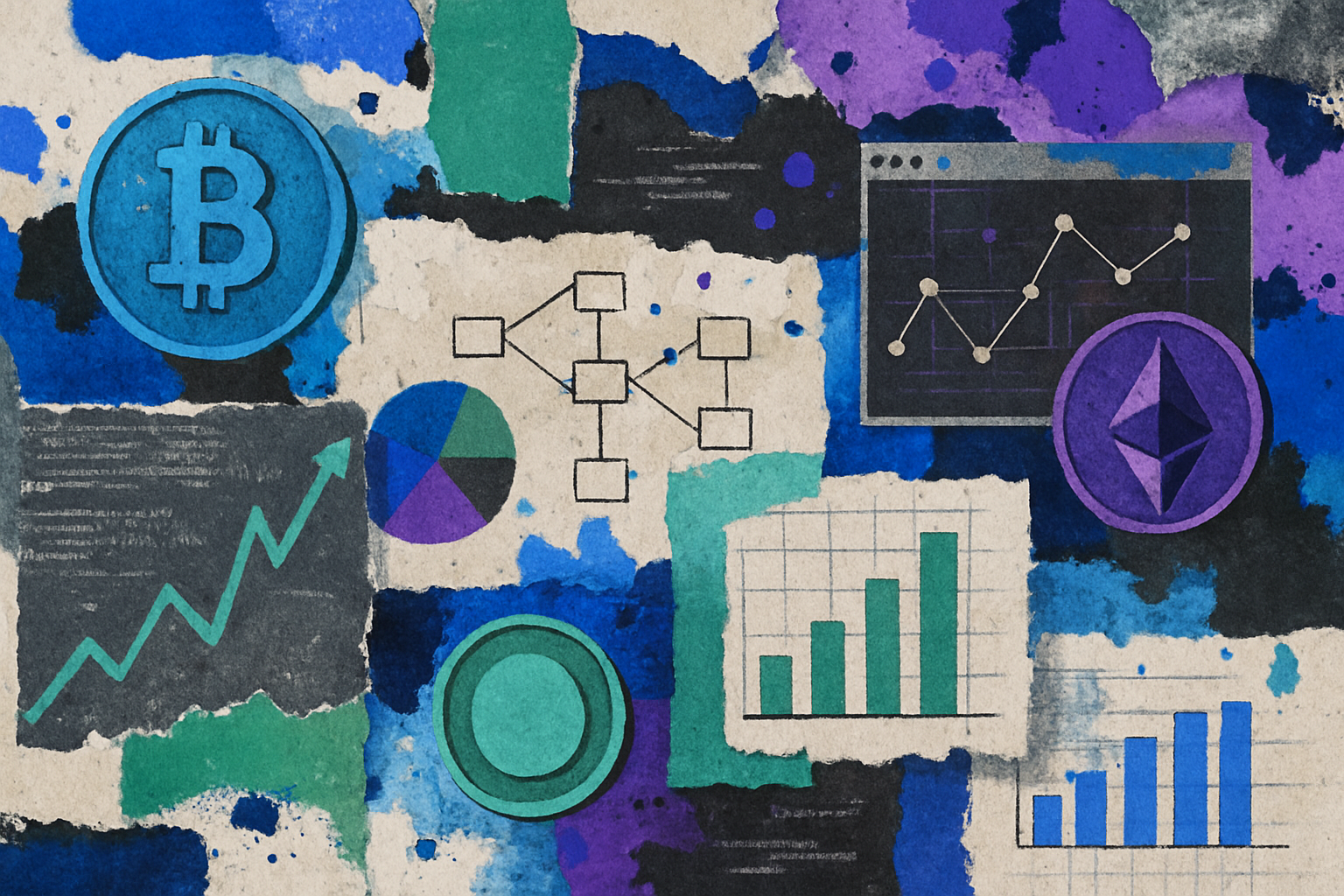
Integrating NFTs into indie games is one of the most dynamic frontiers in modern game development. For small studios and solo creators, NFTs promise new avenues for player engagement, innovative monetization models, and the potential to build sustainable, player-driven economies. Yet, the road to effective NFT integration in indie games is riddled with unique challenges that demand both technical acumen and a nuanced understanding of gamer psychology.
![]()
Navigating Technical Complexity in NFT Integration
One of the most significant barriers for indie developers is the technical complexity involved in implementing blockchain technology and NFTs. Unlike established AAA studios with dedicated blockchain teams, indie developers often operate with limited resources. Smart contract development, wallet integration, and ensuring secure asset ownership require specialized knowledge that can be daunting to acquire.
Fortunately, a growing ecosystem of user-friendly NFT integration services has emerged. These platforms provide plug-and-play solutions that abstract away much of the underlying blockchain complexity. By leveraging such services, indie teams can focus on core gameplay design rather than wrestling with low-level blockchain infrastructure. For a deeper dive into how these tools are shaping NFT game development workflows, see Blockshark’s overview.
Scalability, Performance, and Environmental Concerns
The scalability limitations of certain blockchains pose another hurdle for NFT gaming development. Networks using proof-of-work mechanisms are especially prone to congestion and high transaction fees – issues that can degrade user experience by introducing delays or unexpected costs during gameplay. Indie developers must weigh these technical trade-offs carefully when choosing their blockchain stack.
Environmental impact is also a growing concern within the gaming community. The energy consumption associated with some blockchains has sparked criticism from eco-conscious players. The industry-wide shift toward proof-of-stake networks has alleviated some concerns by significantly reducing energy usage; however, transparency about environmental impact remains critical for player trust. Developers should consider blockchains like Polygon or Solana for their lower carbon footprints and faster transaction speeds.
Regulatory Uncertainty and Market Volatility
The legal landscape surrounding NFTs is still evolving rapidly. Regulatory ambiguity creates risk for indie developers who may not have access to legal counsel or compliance resources typically available to larger studios. Issues like digital asset classification, taxation, and consumer protection laws can complicate everything from initial launch to ongoing operations.
Moreover, the NFT market’s volatility adds another layer of uncertainty. Asset prices can swing dramatically in short periods due to speculation or shifts in market sentiment – a phenomenon well documented in recent cycles according to Rise In’s analysis. This unpredictability may deter both players seeking lasting value from their digital items and developers hoping for stable revenue streams.
Key Challenges in Integrating NFTs into Indie Games
-
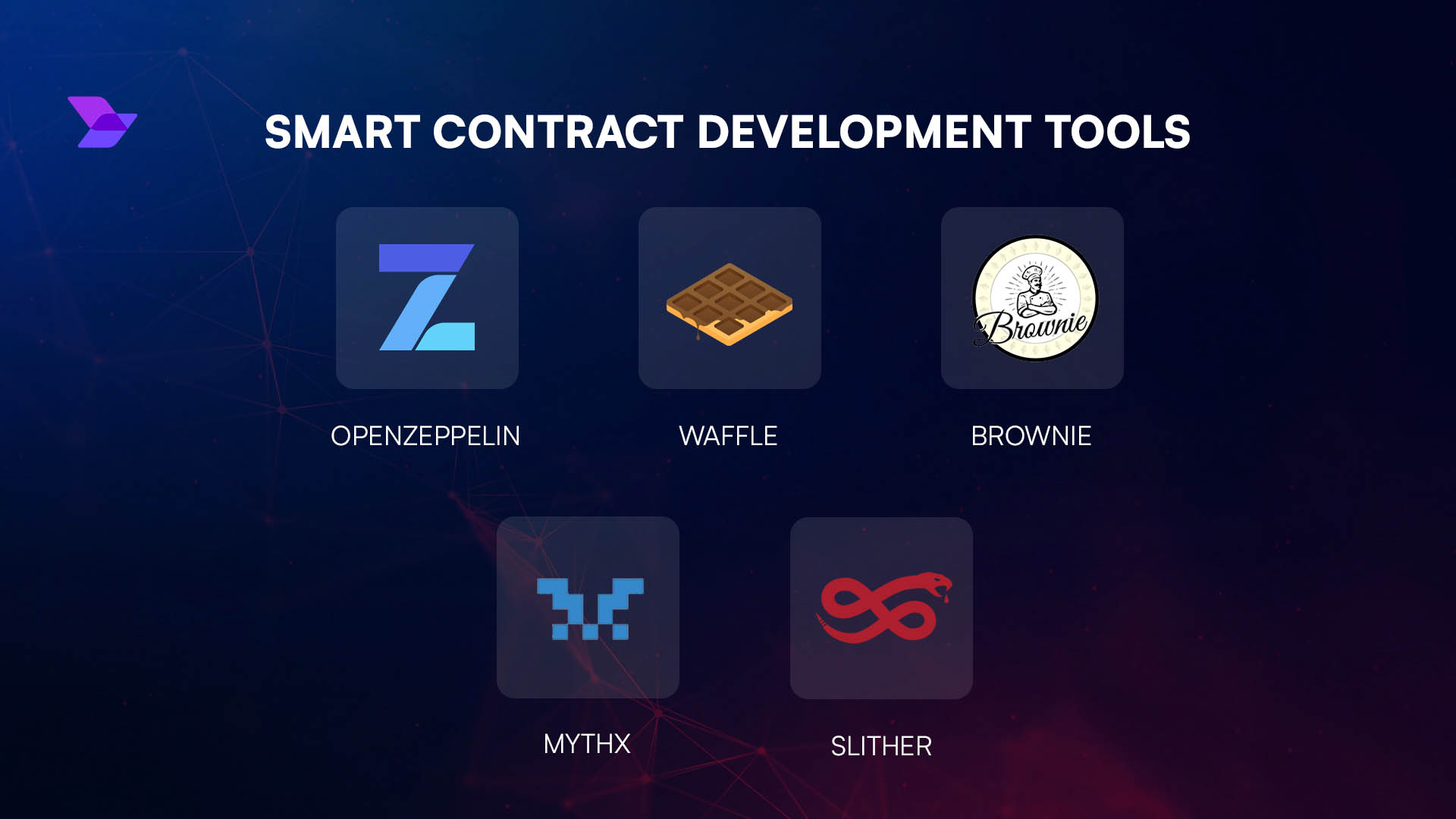
Technical Complexity: Integrating NFTs requires specialized blockchain knowledge, including smart contract development and wallet integration, which can be daunting for small indie teams.
-

Scalability and Performance Issues: Many blockchains, especially those using proof-of-work, suffer from network congestion, resulting in slow transactions and high fees that disrupt gameplay.
-
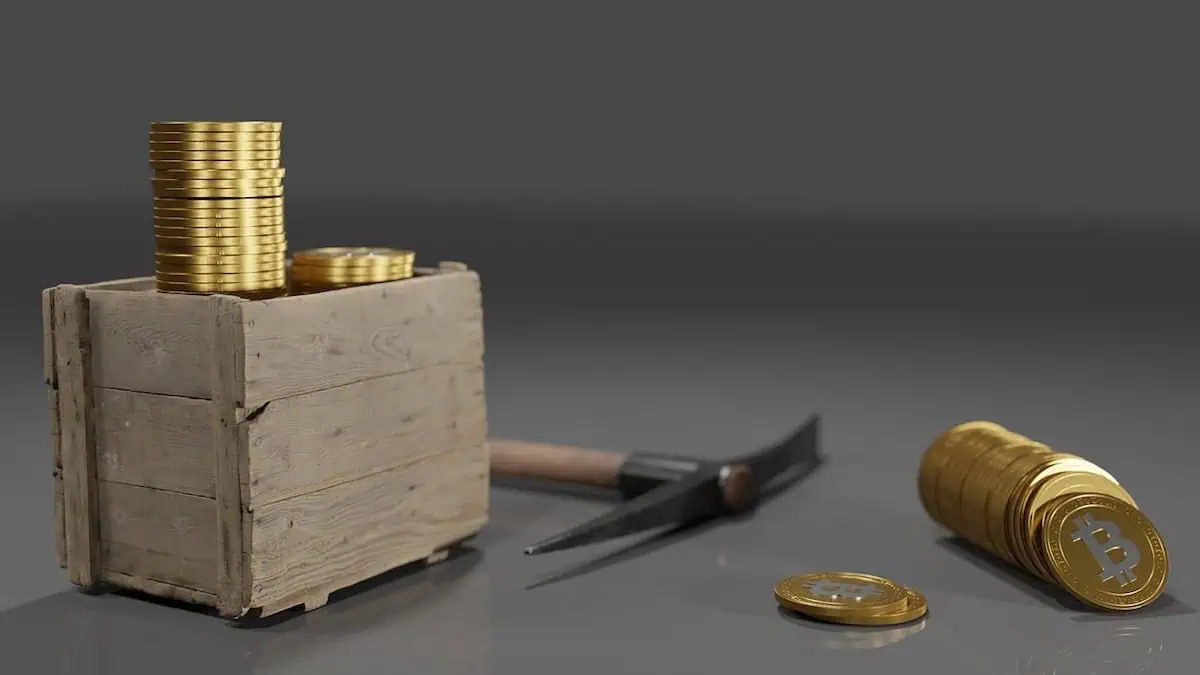
Environmental Concerns: The energy consumption of certain blockchains raises sustainability issues. While proof-of-stake chains are more efficient, developers must still address environmental impact to maintain player trust.
-
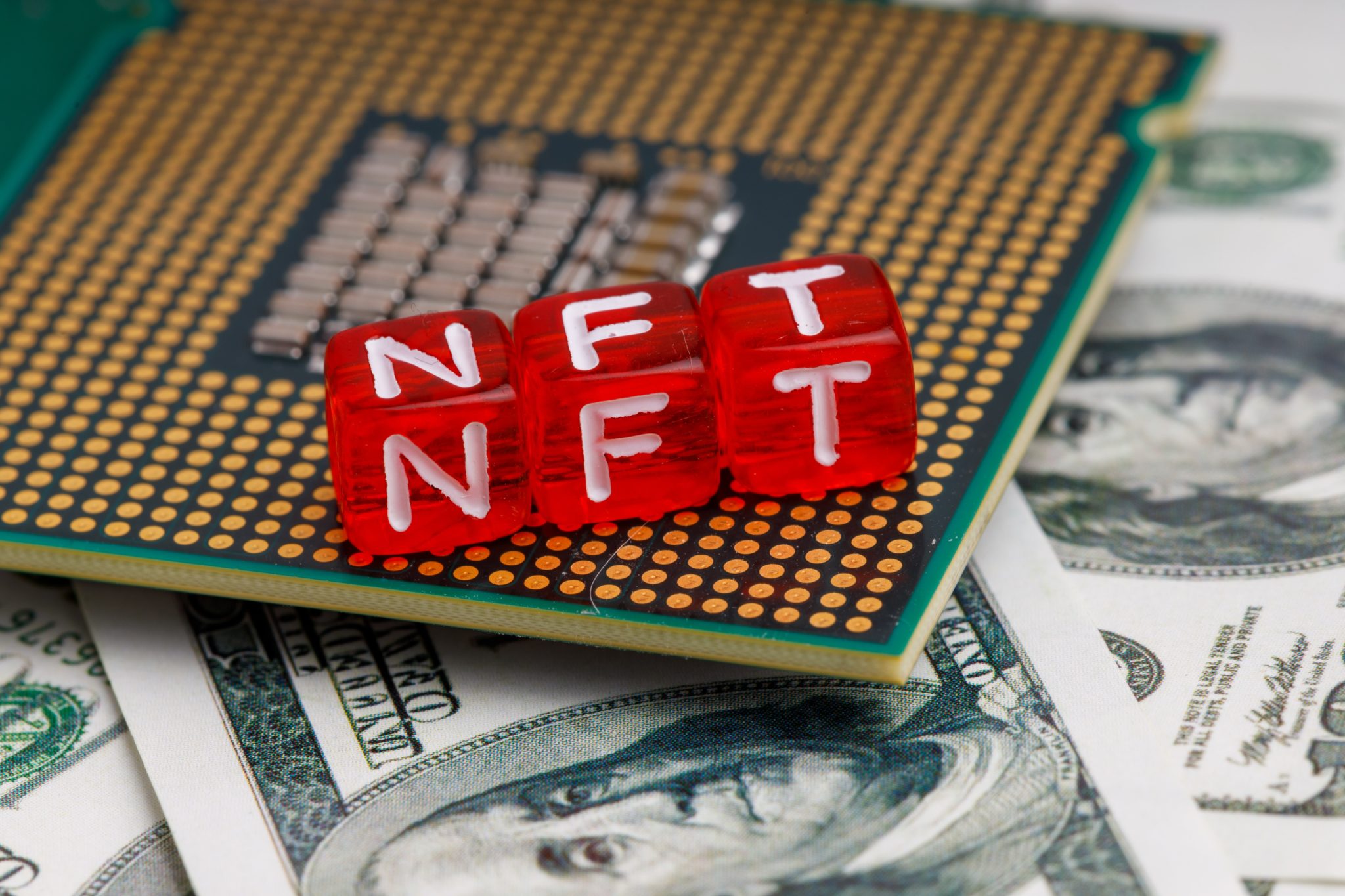
Regulatory Uncertainty: The evolving legal landscape for NFTs creates compliance challenges, as laws and regulations differ by region and are subject to change.
-
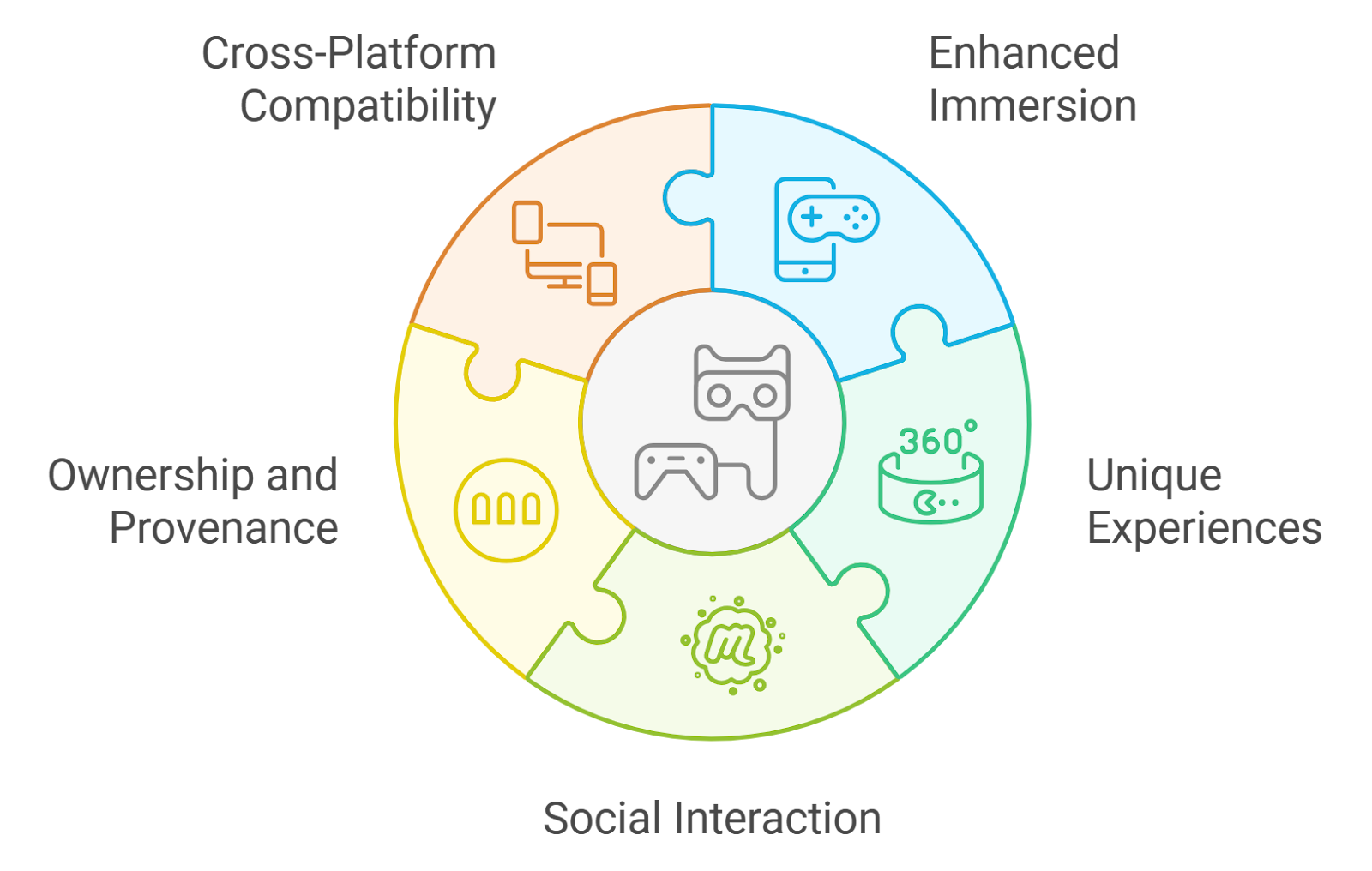
Market Volatility and Speculation: NFT values can fluctuate rapidly, introducing financial risk for both players and developers, and making in-game economies unpredictable.
-
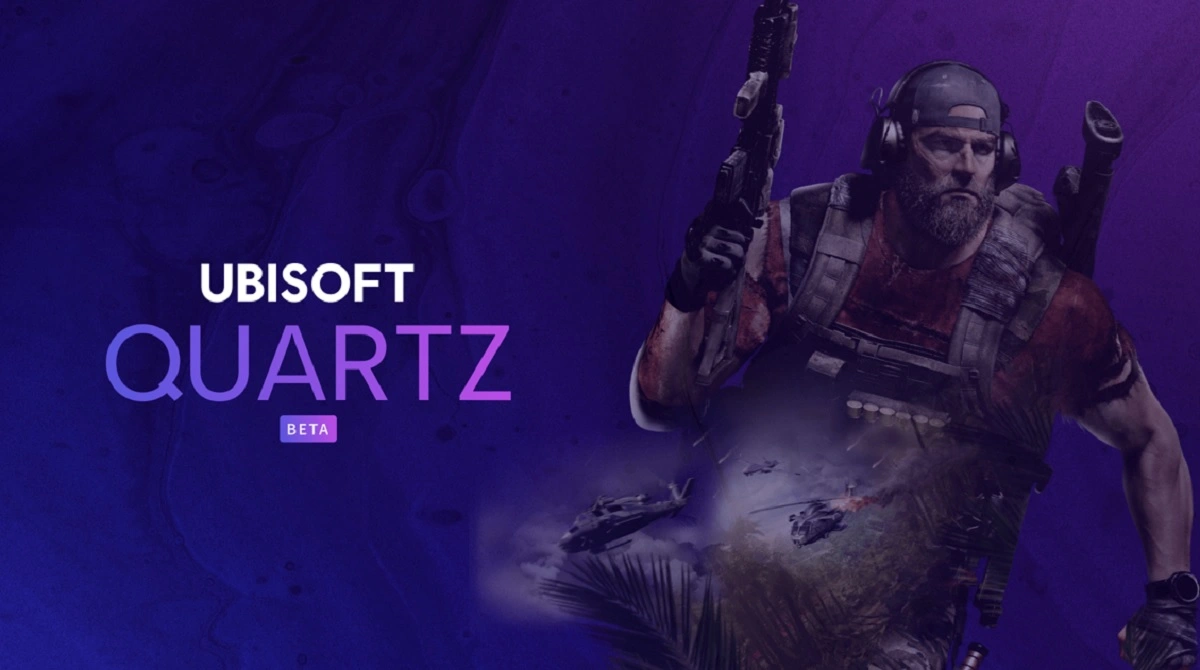
Player Sentiment and Ethical Considerations: Many gamers are skeptical of NFTs, associating them with pay-to-win models or exploitation, which can lead to community backlash if not addressed transparently.
Player Sentiment: Ethics and Community Trust
No discussion about NFTs for indie game developers would be complete without addressing community sentiment. Many players remain skeptical about NFTs due to fears of pay-to-win mechanics or exploitative monetization practices. Building trust requires transparency around how NFTs are used – focusing on utility-driven assets rather than speculative collectibles can help mitigate backlash.
This underscores why open communication channels are paramount; regular updates on project direction and honest dialogue about tokenomics foster a sense of shared purpose between developers and their communities.
To further strengthen player trust, indie teams should consider implementing community-driven governance models or feedback loops. This can include letting players vote on proposed NFT features or how in-game assets are distributed. Such participatory approaches not only empower users but also help developers identify and address concerns before they escalate into broader community pushback.
Best Practices for NFT Integration in Indie Games
Successfully integrating NFTs into indie games requires a careful balance between innovation and responsibility. Here are some actionable strategies that have emerged from recent market analysis and developer experiences:
Five Solutions for NFT Integration in Indie Games
-

Implement Regulatory Compliance Tools: Use compliance solutions like Chainalysis or consult legal experts to ensure adherence to evolving NFT and gaming regulations, reducing legal risks for your project.
- Prioritize Gameplay-Enhancing NFTs: Focus on NFTs that unlock new game modes, cosmetic upgrades, or unique storylines rather than direct power boosts. This approach preserves competitive integrity and avoids pay-to-win pitfalls.
- Maintain Regulatory Awareness: Regularly consult with legal experts or leverage online resources to stay compliant with evolving digital asset regulations. This reduces the risk of costly legal disputes down the line.
- Choose Scalable, Eco-Friendly Blockchains: Opt for networks that offer low transaction fees and minimal environmental impact to ensure both a smooth player experience and alignment with sustainability goals.
- Utilize Modular NFT Platforms: Platforms like those described by Blockshark allow indie teams to implement robust NFT functionality without deep blockchain expertise, freeing up resources for creative design work.
- Foster Ongoing Community Engagement: Build dedicated Discord servers, forums, or live Q and A sessions to keep players informed about upcoming changes and gather real-time feedback on NFT features.
Looking Ahead: NFTs as a Catalyst for Indie Innovation
The future of NFT integration in indie games is poised for significant evolution as both technology and player expectations mature. Emerging concepts like NFT-driven puzzles, dynamic quest items, and interoperable assets across multiple titles are already reshaping what’s possible for small studios (RWaltz). By leveraging these innovations thoughtfully, indie developers can differentiate their projects while offering players tangible value beyond speculative trading.
The challenge remains to create systems where NFTs enhance rather than detract from core gameplay. As the market stabilizes and regulatory frameworks become clearer, expect to see more nuanced uses of NFTs, ranging from player-created content to decentralized tournaments, empowering both developers and their communities.

